Post by Britta Harbury, interdisciplinary neuroscience and honors undergraduate at Portland State University. Britta regularly contributes to outreach through NW Noggin, and was invited to help present on innovative, student-led community engagement and mental health by Oregon TRIO at their 2022 annual conference on the Oregon coast.
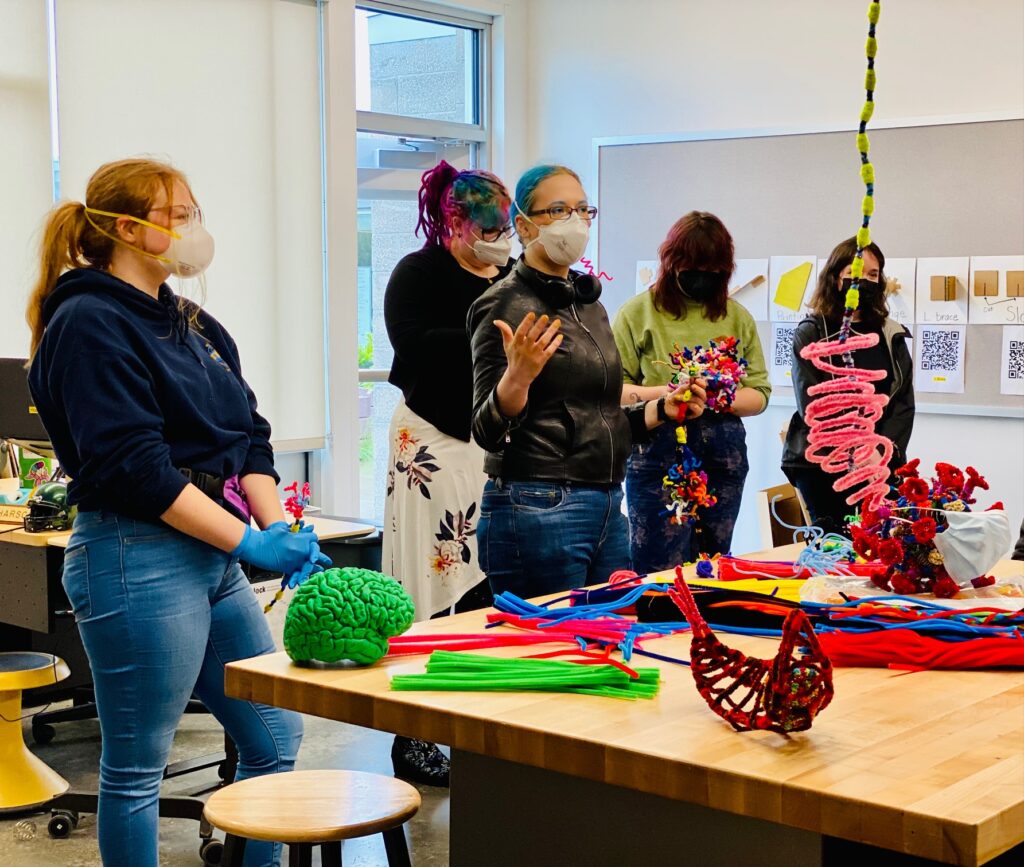
Neuroscience is a discipline that can come across as unintelligible to many. There’s a lot of Latin, memorization, and complicated images. I know I was terrified going into my college-level neuroscience class because it was always presented to me via sterile terms and diagrams. Now I understand that the issue wasn’t the material; it was the presentation.
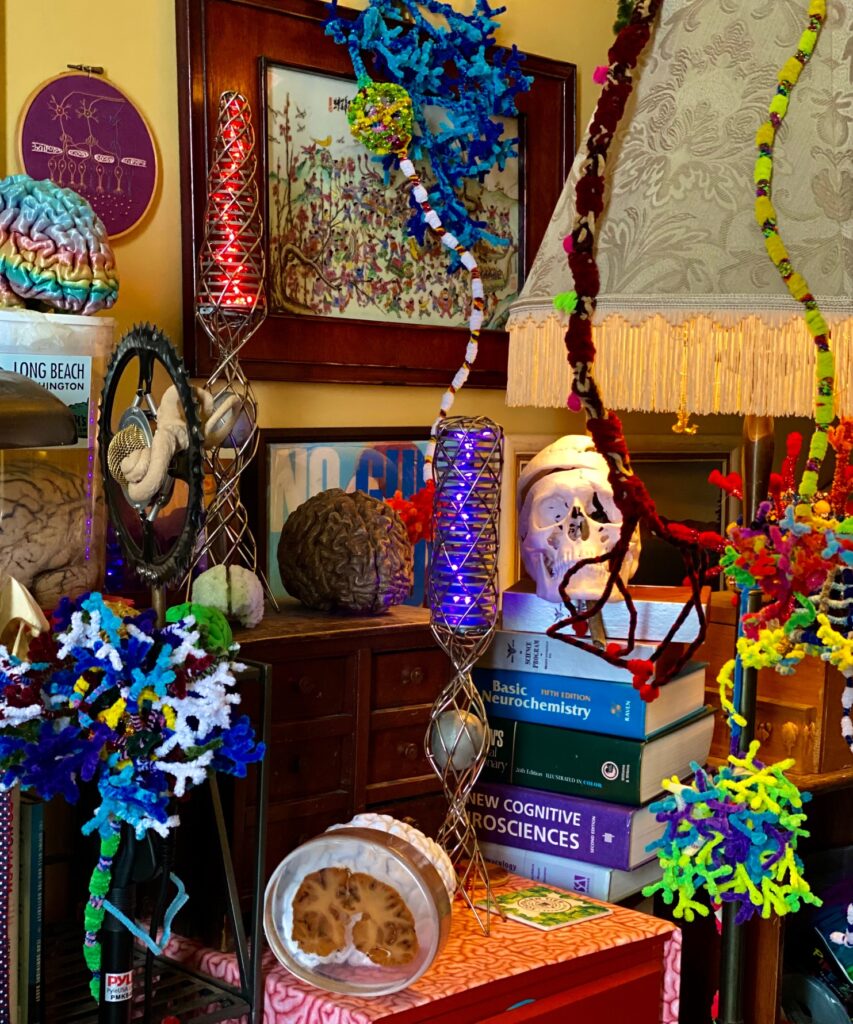
Neuroscience is understandable at all ages, so long as everyone enters the conversation as peers. Scholastic knowledge is important, but so are experiences.

We can communicate complex ideas via art instead of confusing words.

So much important knowledge is locked behind academic jargon and paywalls.
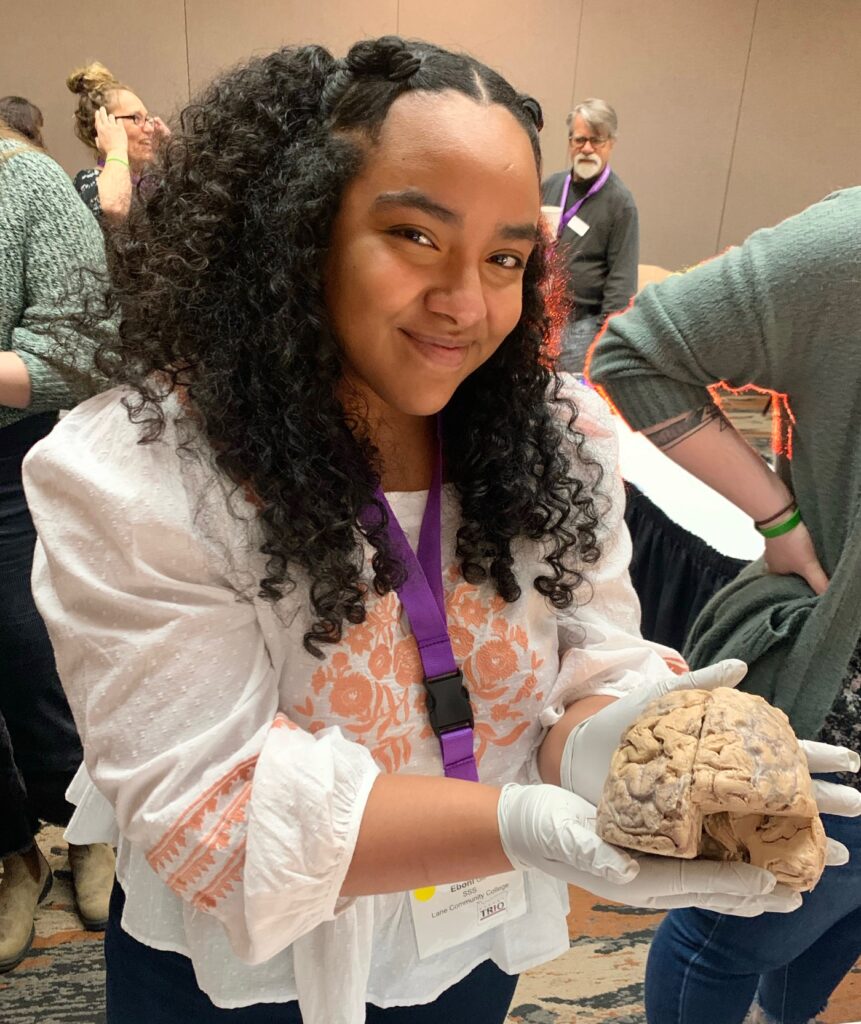
Photo by Geof Garner
LEARN MORE: Open to the public: paywalls and public rationale for open access research publishing
LEARN MORE: Broadening Access to the Results of Scientific Research
LEARN MORE: Worldwide inequality in access to full text scientific articles
LEARN MORE: We Must Tear Down the Barriers That Impede Scientific Progress
An Axonal Alliance

We let knowledge serve.
My experience this past fall at Portland’s Alliance High School exemplifies how the neuroscience conversation belongs in our schools. In Oregon, 17.57% of youth aged 12-17 reported having at least one major depressive episode in 2021; the highest percentage in the country.
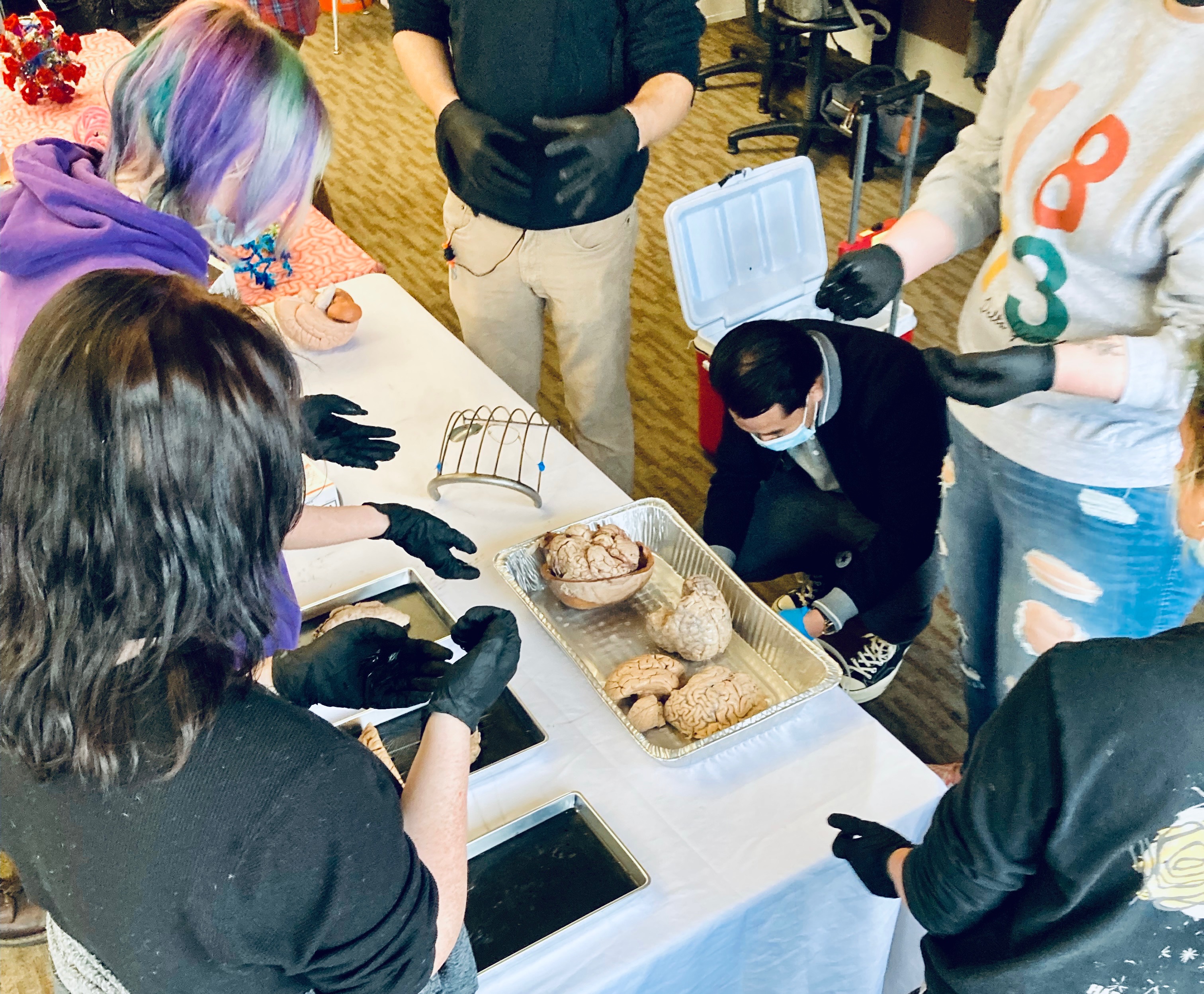
LEARN MORE: Prevalence of Mental Illness 2021
Teenagers are surrounded by mental health issues even if they don’t themselves have them. The students at Alliance High School entered our discussion of neuroscience with an astounding amount of personal knowledge. We had a conversation that blended personal experiences and neuroscience without favoring one over the other, resulting in an exceptional exchange of knowledge.
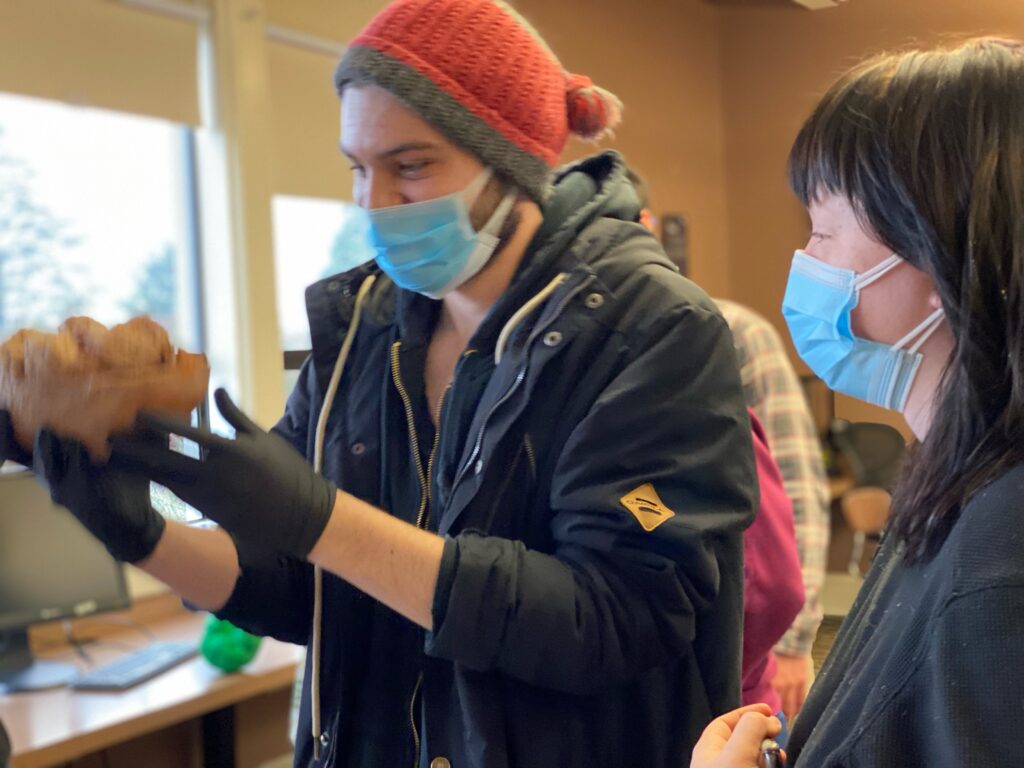
LEARN MORE: An Axonal Alliance
As an honors student at Portland State University, I am required to write a thesis. Alliance High steered me towards a road I was already moving toward. Too much critical knowledge about mental health is inaccessible to the average person. The information presented to the layman often exclusively focuses on symptoms, not the underlying neuroscience. People are told to take medication without understanding what the medication is actually doing to their brains. The students at Alliance High were curious about how these drugs worked and I hated that I often didn’t have good answers to their questions.
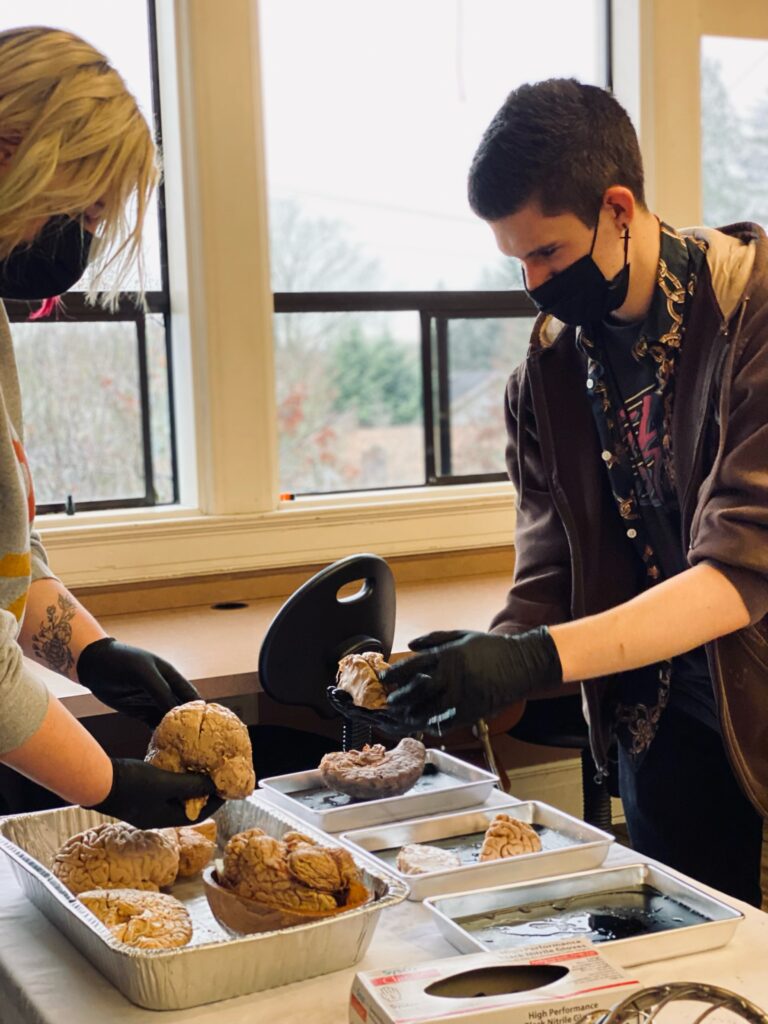
The point is not to render ideas less complex but to make the complex clear.
— bell hooks
Compiling this information was far harder than I expected, especially since I felt it was important that all of my sources were open access.
There are academic articles connecting psychiatric disorder to parts of the brain and information connecting neurotransmitters and medications, but this information isn’t assembled in one place. The NIH has information pages on various conditions, but much of the publicly-funded research they link too is difficult to access without expensive journal subscriptions. The neuroscience link is often missing, especially in those resources presented to the people actually living with these disorders.
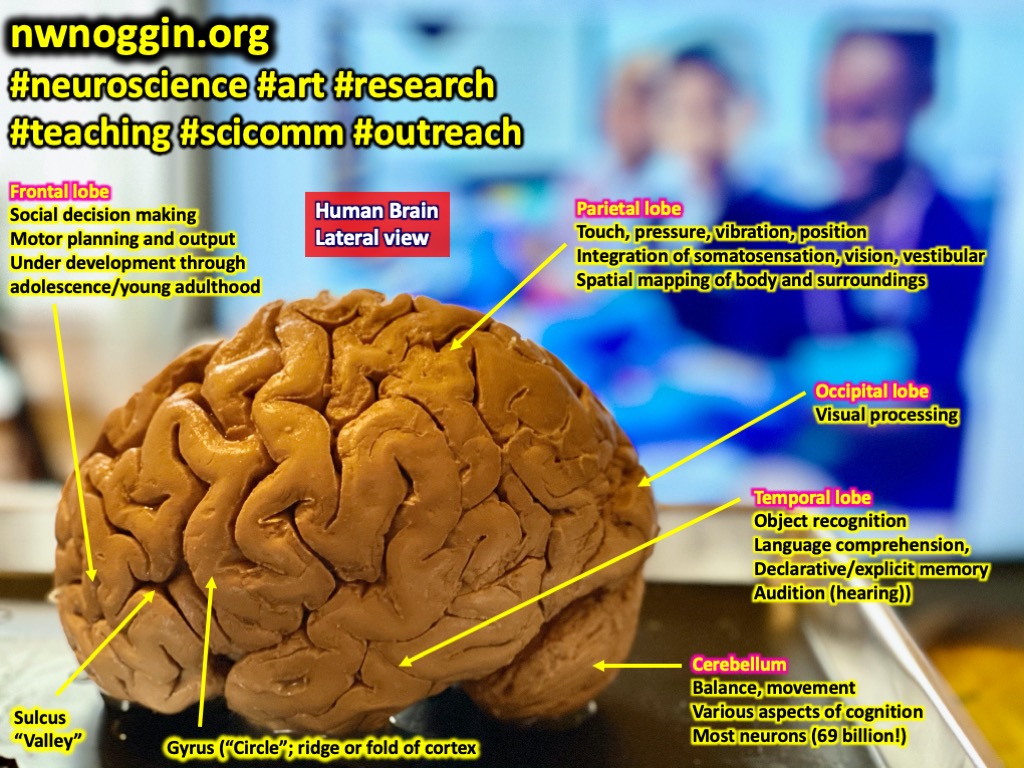
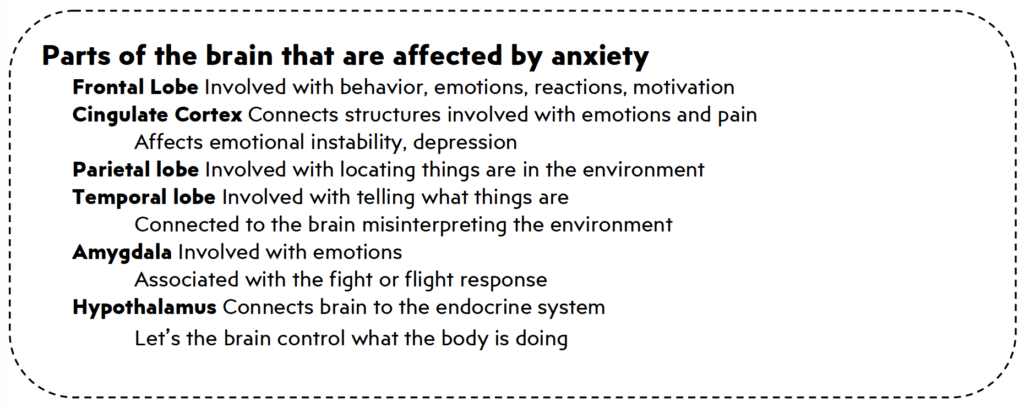
LEARN MORE: Anxiety Disorders (NIMH)
LEARN MORE: Depression (NIMH)
LEARN MORE: Bipolar Disorder (NIMH)
LEARN MORE: Understanding Psychosis (NIH)
LEARN MORE: Post-Traumatic Stress Disorder (NIMH)
The 2022 TRIO Oregon Conference
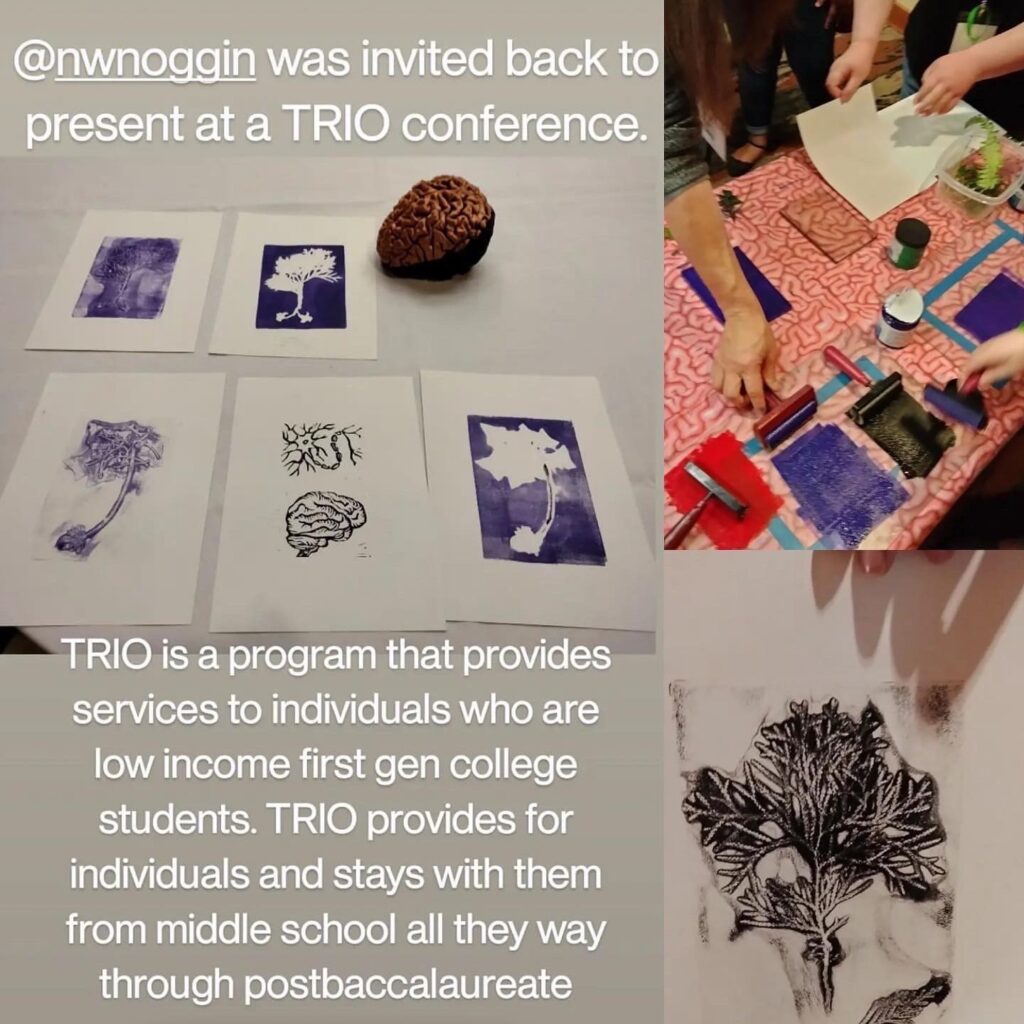
LEARN MORE: 2022 TRIO Oregon Conference Agenda
LEARN MORE: Threshold through TRIO
When I came to the TRIO conference in Salishan, I came armed with information informed by the excellent questions the students at Alliance High School had and the experiences they were willing to share. Along with Kanani Miyamoto and Jeff Leake from Northwest Noggin, I had the honor of presenting my work to a room of advocates that cared about what I was saying and were willing to add their voices to the conversation.
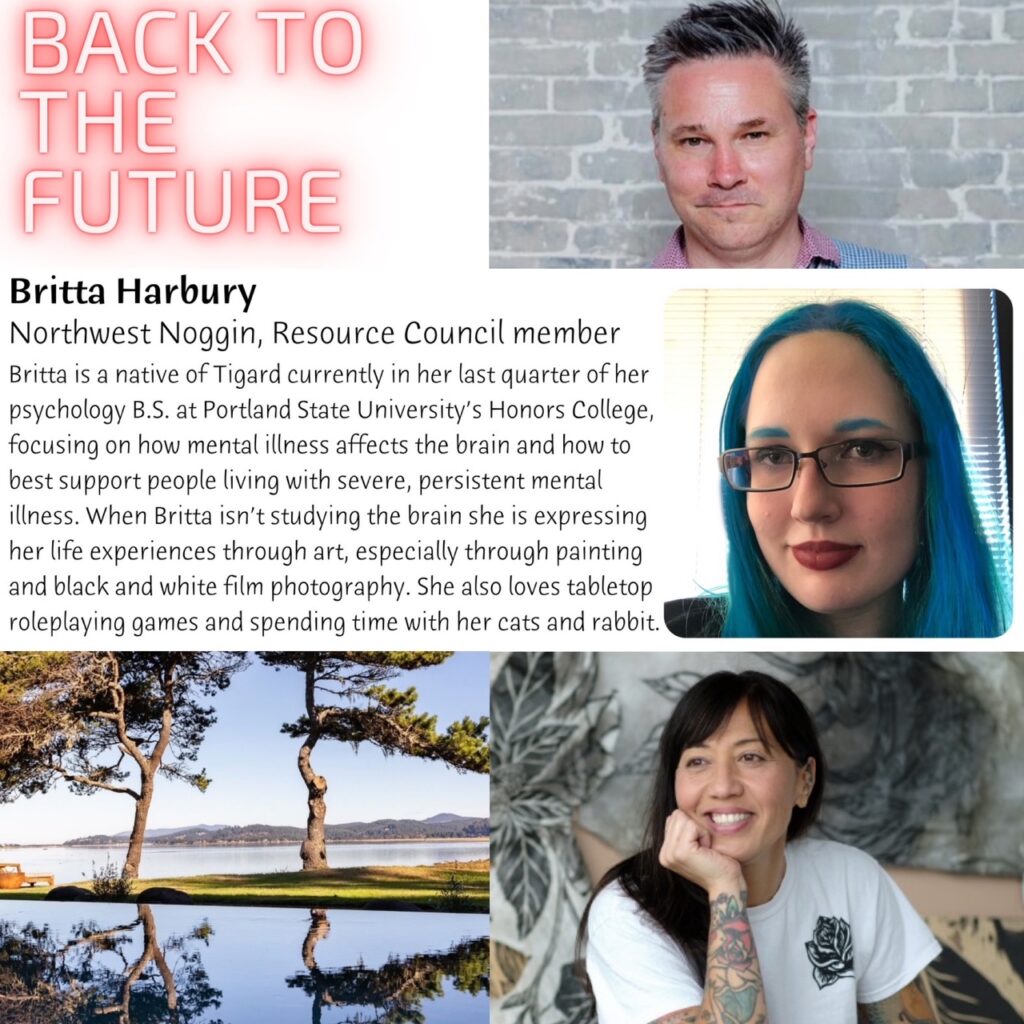
I think everyone learned something that day, myself included.
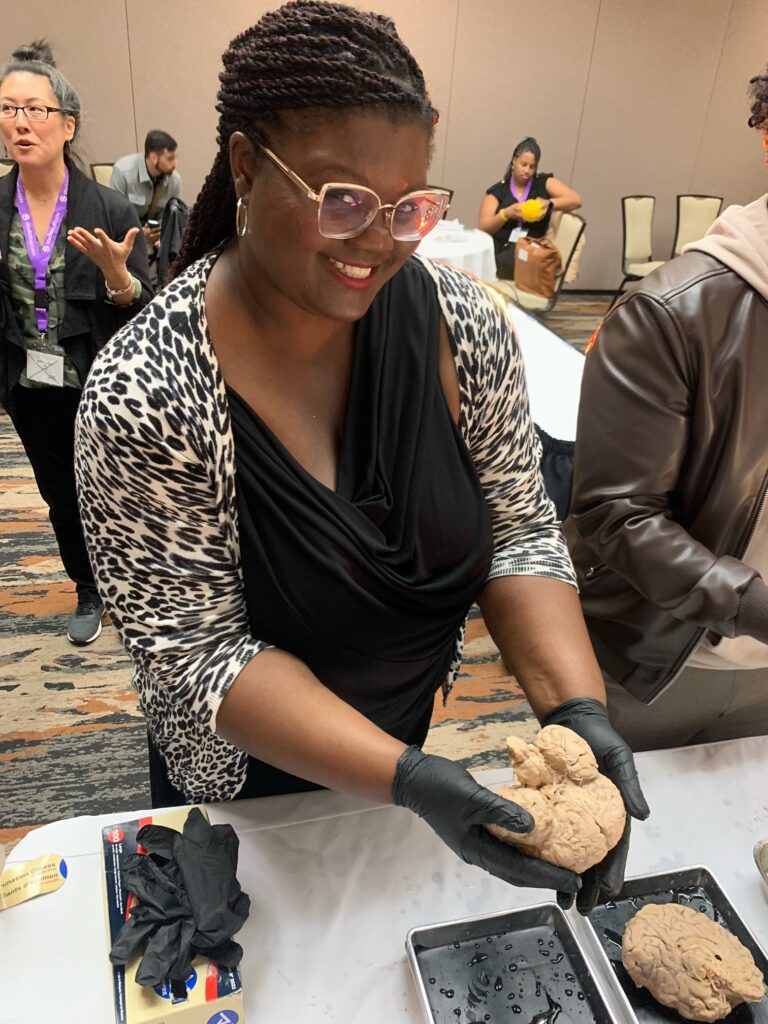

Photos by Geof Garner
Moving forward, I hope that the advocates from TRIO bring this attitude to the students they serve. Neuroscience isn’t a rigid field; it’s a discussion. Every student working with TRIO can bring something important to that discussion. Knowledge is power, something that is desperately needed as they enter a world that is often hostile to people living with psychiatric illnesses. I hope they hear that their experience and knowledge matters, and that there are some answers out there.
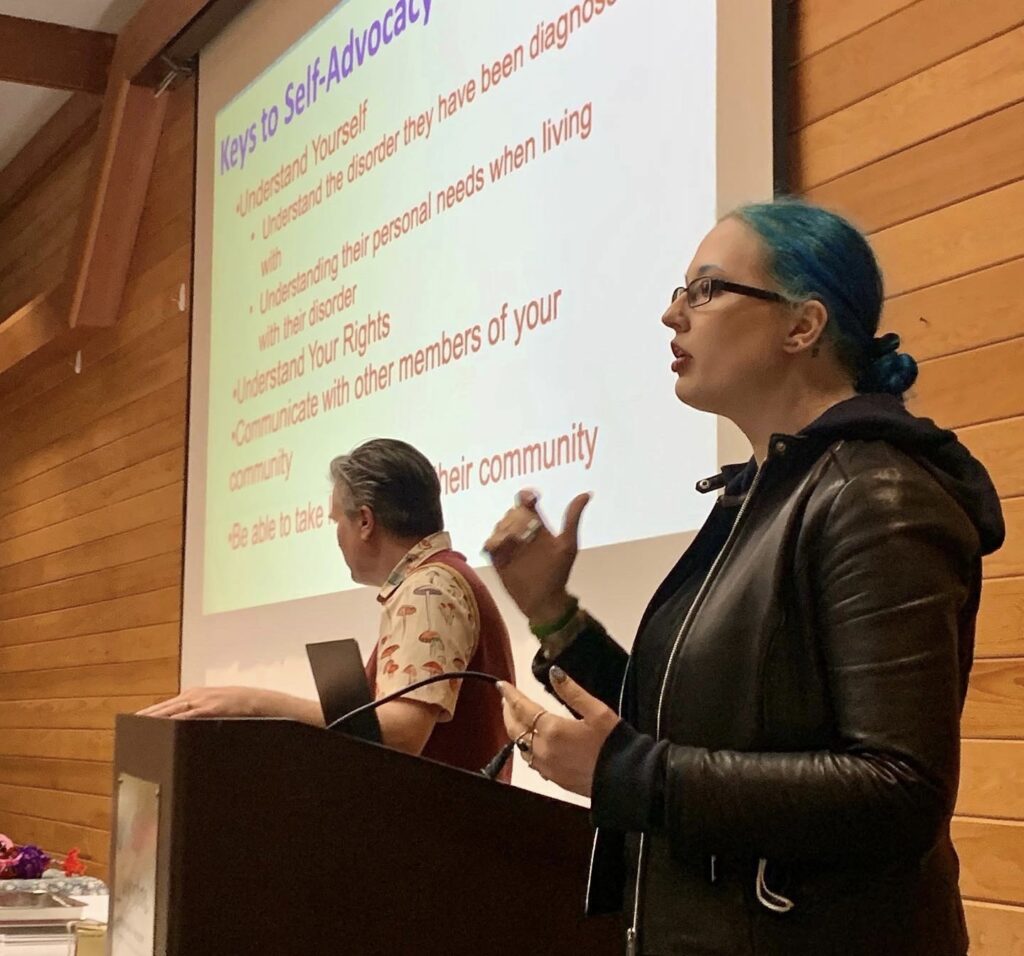
Photo by Geof Garner
No one should have to face these battles alone.
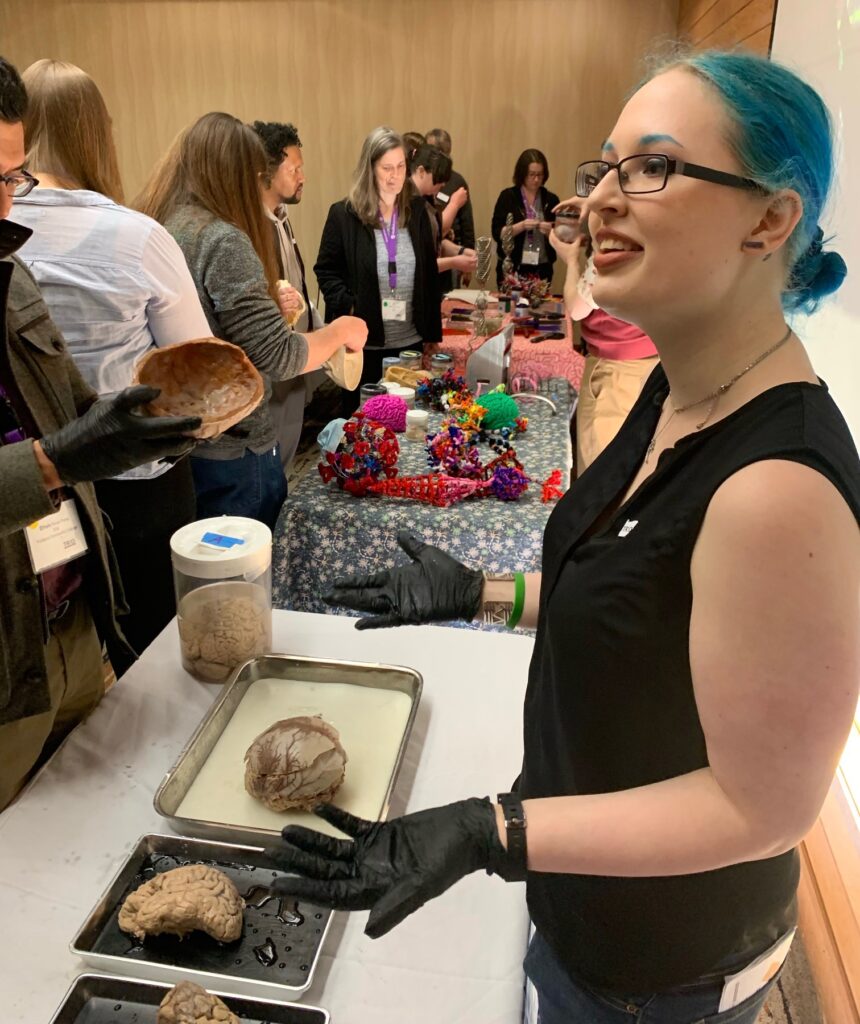
Photo by Geof Garner
My final flyers are available here.
They are double-sided PDFs and come in both color and printer-friendly black and white options. I encourage you to read and share them. This structure of neuroscience-informed mental health information isn’t going to work for everyone, but I hope it can work for some. If you want more information, there are links to all of my resources. They go into greater depth than I could on the worksheets.
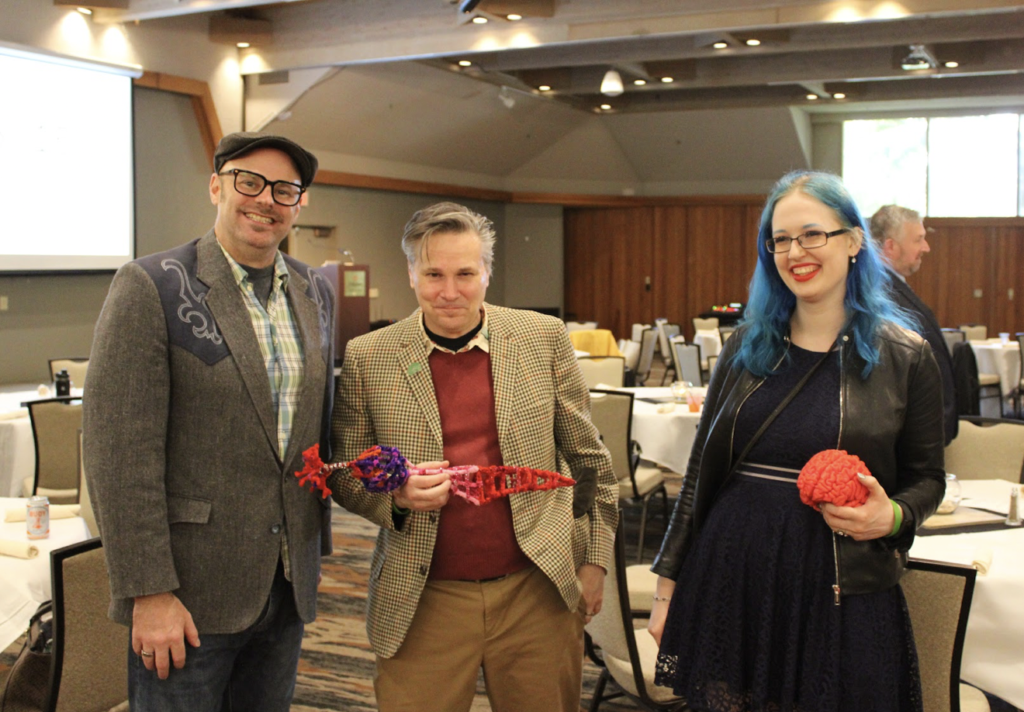
I am grateful to NW Noggin and TRIO for these experiences and opportunities, especially Bill Griesar and Geof Garner. Without them this project never would’ve happened.


